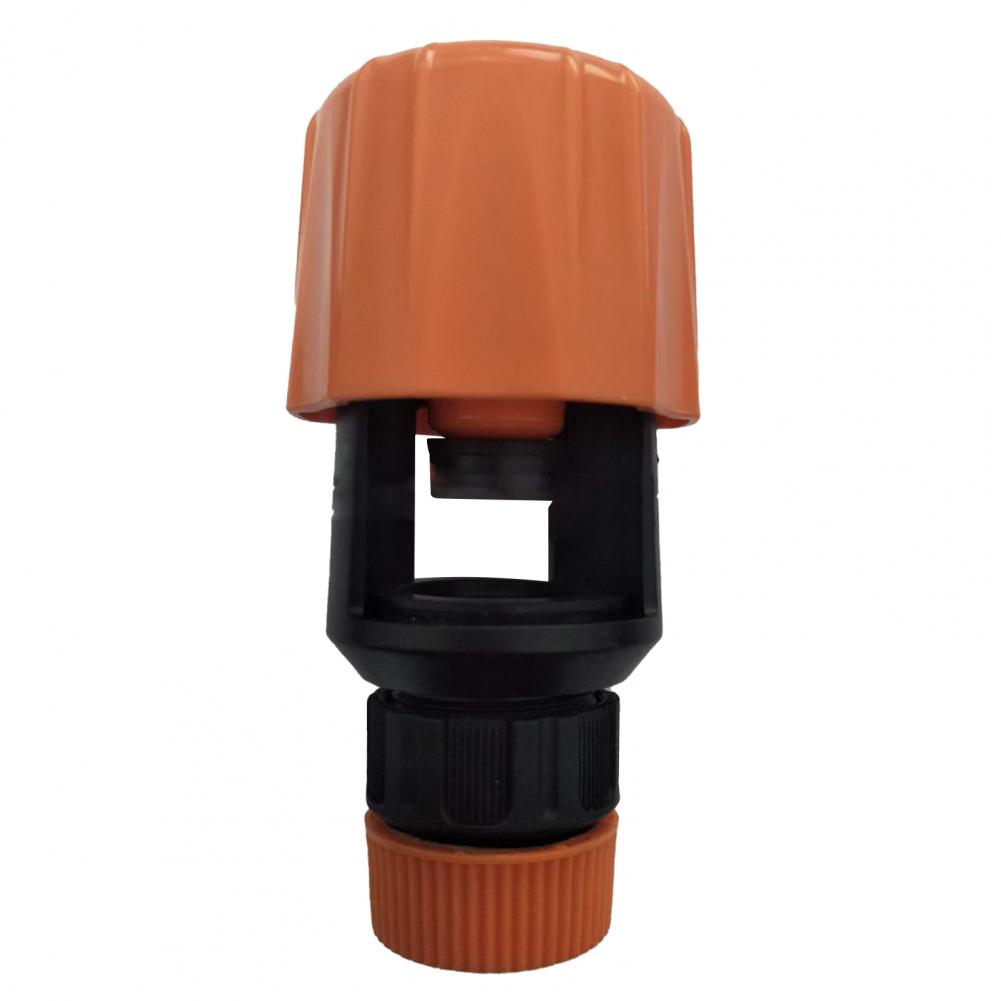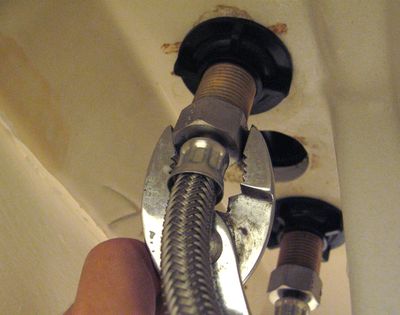Connecting a Hose to Your Kitchen Faucet
Connecting a hose to your kitchen faucet can be a convenient and versatile solution for various household tasks, such as washing dishes, watering plants, or filling buckets. Whether you need to extend your faucet’s reach for outdoor chores or simply want an easier way to clean larger items, attaching a hose can provide added flexibility and functionality to your kitchen sink. Here’s a comprehensive guide on how to connect a hose to your kitchen faucet.
Choosing the Right Adapter
Before you begin, it’s essential to ensure that your kitchen faucet is compatible with a hose attachment. Most standard kitchen faucets come with a removable aerator at the tip of the spout. To attach a hose, you’ll need an adapter that fits onto the threads of the aerator. Visit your local hardware store or home improvement center to find the appropriate adapter for your faucet. There are various types of adapters available, so be sure to choose one that matches the size and threading of your faucet’s aerator.

Removing the Aerator
Once you have the correct adapter, the next step is to remove the aerator from your kitchen faucet. Depending on the type of faucet you have, you may be able to unscrew the aerator by hand. If it’s tightly secured, you can use pliers or a wrench to loosen it. Be sure to wrap the aerator with a cloth or tape to protect it from scratches. Once the aerator is removed, set it aside in a safe place where it won’t get lost.
Attaching the Adapter
With the aerator removed, it’s time to attach the adapter to the faucet. Apply the plumber’s tape or Teflon tape to the threads of the adapter to create a tight seal and prevent leaks. Screw the adapter onto the faucet in a clockwise direction, ensuring that it’s securely tightened. Use a wrench or pliers to snugly tighten the adapter, but be careful not to over-tighten and damage the faucet threads.
Connecting the Hose
Once the adapter is securely attached to the faucet, you can connect the hose to the adapter. Ensure that the hose is clean and free of any debris or blockages before attaching it. Simply screw one end of the hose onto the adapter in a clockwise direction, ensuring a tight seal to prevent leaks. Once the hose is securely attached, turn on the faucet to check for any leaks or drips. If everything looks good, you’re ready to use your kitchen faucet with the attached hose for various tasks.

Common Mistakes to Avoid:
Choosing the wrong adapter: Using an incorrect adapter that doesn’t fit your faucet’s aerator threads can result in leaks or an insecure connection.
Forgetting to use plumber’s tape: Neglecting to use plumber’s tape or Teflon tape on the threads of the adapter can lead to leaks at the connection point.
Over-tightening the adapter: While it’s important to securely tighten the adapter, over-tightening can damage the faucet threads or the adapter itself, leading to leaks or difficulty removing the adapter in the future.
Not checking for leaks: Failing to check for leaks after attaching the hose can result in water damage or wasted water. Always turn on the faucet and inspect the connection for any signs of leaks or drips before using the hose.

Can I attach a hose to any kitchen faucet?
While many standard kitchen faucets are compatible with hose attachments, it’s essential to check for compatibility and choose the appropriate adapter for your specific faucet model.
Can I use the hose for hot water?
Most kitchen faucets are designed for cold water use only. Using hot water with a hose attached to the faucet can damage the hose and adapter, leading to leaks or malfunction.
How do I remove the adapter from the faucet?
To remove the adapter from the faucet, simply unscrew it in a counterclockwise direction using pliers or a wrench. Be sure to wrap the adapter with a cloth or tape to protect it from scratches.
Can I use the hose for drinking water?
It’s not recommended to use a hose attached to a kitchen faucet for drinking water, as the hose and adapter may contain contaminants or chemicals that can leach into the water.
How do I clean and maintain the hose and adapter?
To maintain the hose and adapter, regularly clean them with mild soap and water to remove any dirt or debris. Inspect the connections for leaks and replace any damaged components as needed. Additionally, store the hose in a dry and protected area when not in use to prolong its lifespan.

Flexible Hose Pull Down Kitchen Sink Faucet desigle faucet manufacturer

Bathroom faucet connection – what to use for REALLY short connections – DoItYourself.com

Trying to fix a faucet hose (sink, installation, leak, replace) – House -remodeling, decorating

Kitchen Faucets Online Sale Kitchen Faucets Universal Tap Hose Connector Stable Plastic

Kitchen sprayer guide replacement Terry Love Plumbing & Remodel DIY & Professional Forum

Connecting Hose To Your Kitchen Faucet
Installing a new bathroom faucet

How to Handle a Damaged Hose Bib on an Outdoor Faucet

Related Posts:
- Moen Kitchen Faucet Installation Guide
- Brizo Kitchen Faucet Parts
- Pegasus Kitchen Faucet Repair
- Stainless Steel Kitchen Faucet With Soap Dispenser
- Splashless Kitchen Faucets
- How To Repair A Moen Single Handle Kitchen Faucet
- My Kitchen Faucet Is Leaking At The Base
- Gooseneck Kitchen Faucet With Sprayer
- Installing New Kitchen Sink Faucet
- How To Repair Leaking Kohler Kitchen Faucet